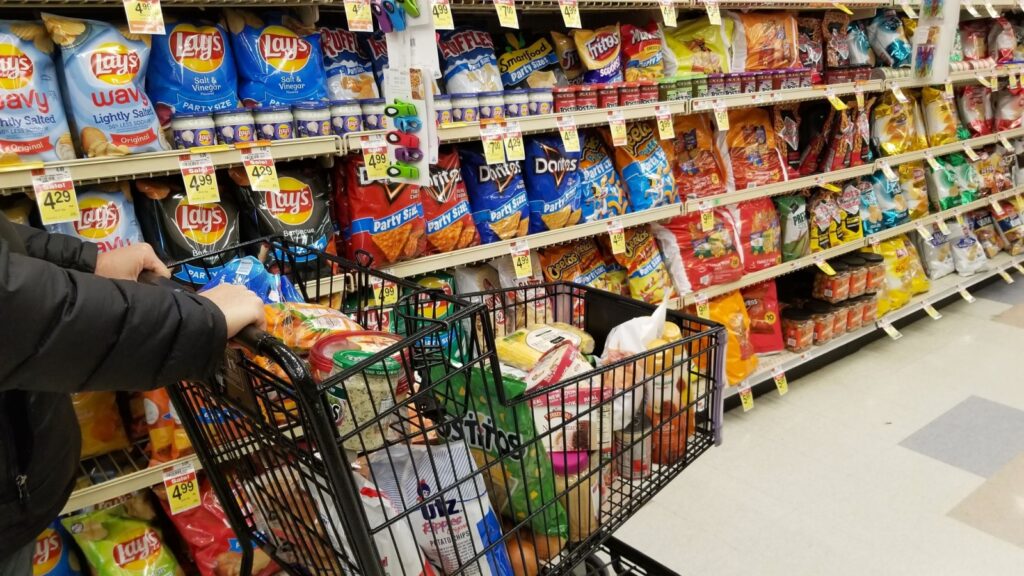If you’ve ever walked into your favorite store and thought, “Wait, wasn’t this cheaper last week?”, you’re not imagining things. Across the country, many retailers have been quietly bumping up prices, sometimes in small increments, sometimes drastically enough to make shoppers wince. Inflation, shipping costs, and global supply issues are the usual suspects. Here’s a look at 18 Canadian stores that quietly raised prices overnight.
Loblaws
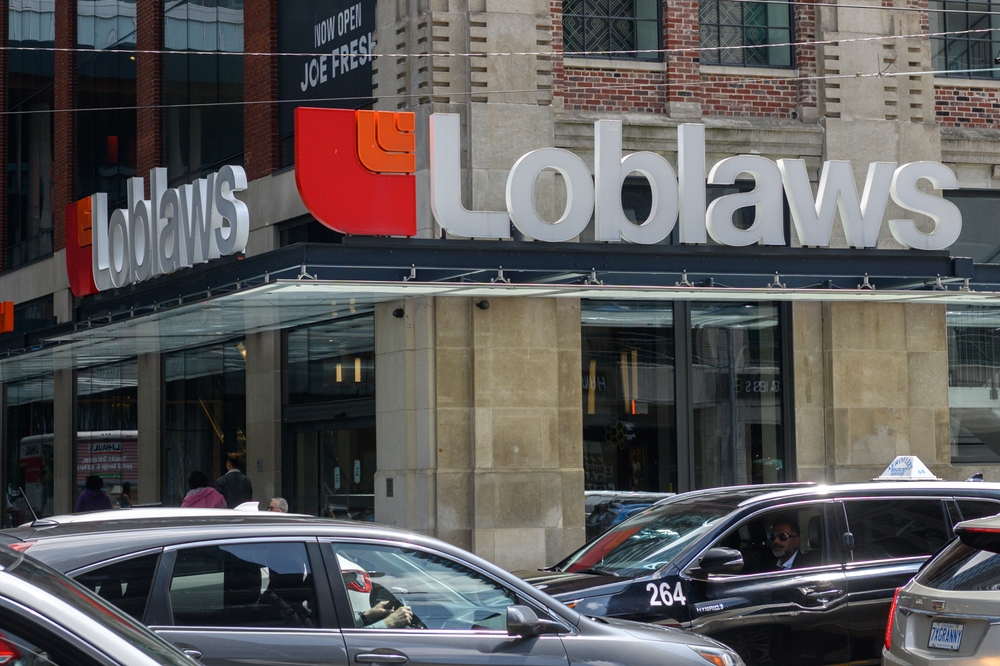
Once the reliable go-to for household groceries, Loblaws has become infamous for stealthy mark-ups. Between 2022 and 2025, basic items like bread and cheese saw increases of up to 25%. The company attributes it to supply chain pressures and rising production costs, but customers noticed shelf prices changing faster than their paycheques. Even its No Name ‘value’ line climbed in price, frustrating shoppers who relied on affordability. The price surge sparked public backlash and calls for grocery reform, with consumers accusing the chain of “greedflation” while executives reported strong profits.
Shoppers Drug Mart
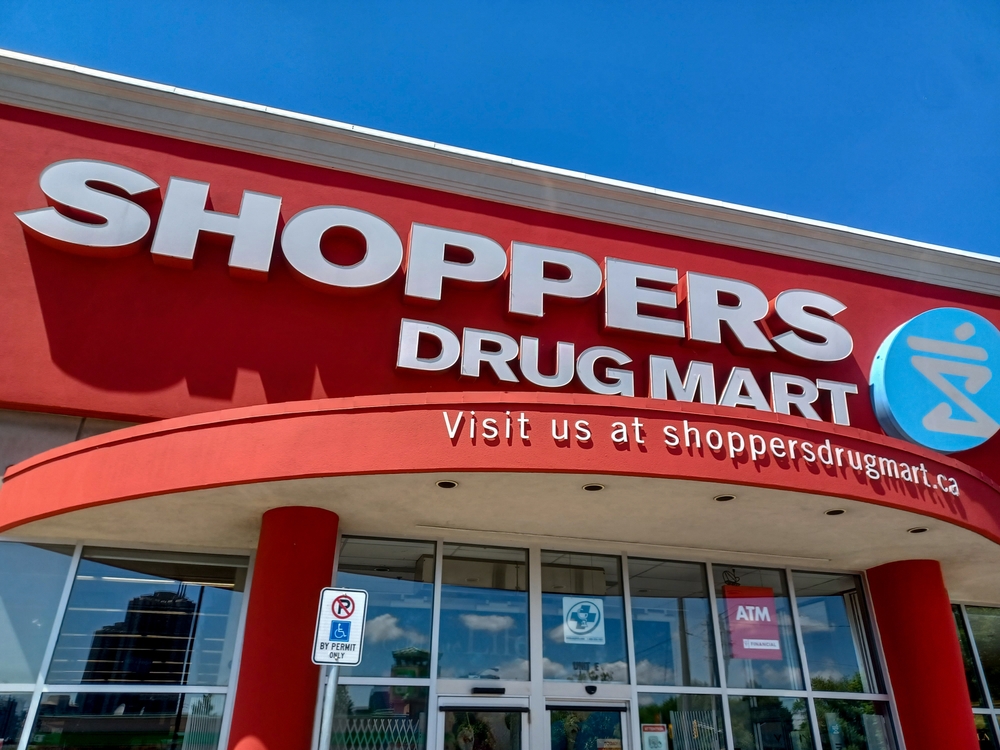
What used to be a convenient stop for cosmetics and cold medicine has turned into a budgeting challenge. Over-the-counter drugs, skincare, and snacks now cost significantly more than just two years ago. Lip balms that once cost $3.99 are now closer to $6, and vitamin bottles jumped nearly 20%. Customers noticed subtle price tag adjustments that add up at checkout. Even loyalty points feel less valuable as redemption thresholds rise. While the brand cites supply issues and inflation, shoppers argue it’s pricing convenience over fairness.
Dollarama
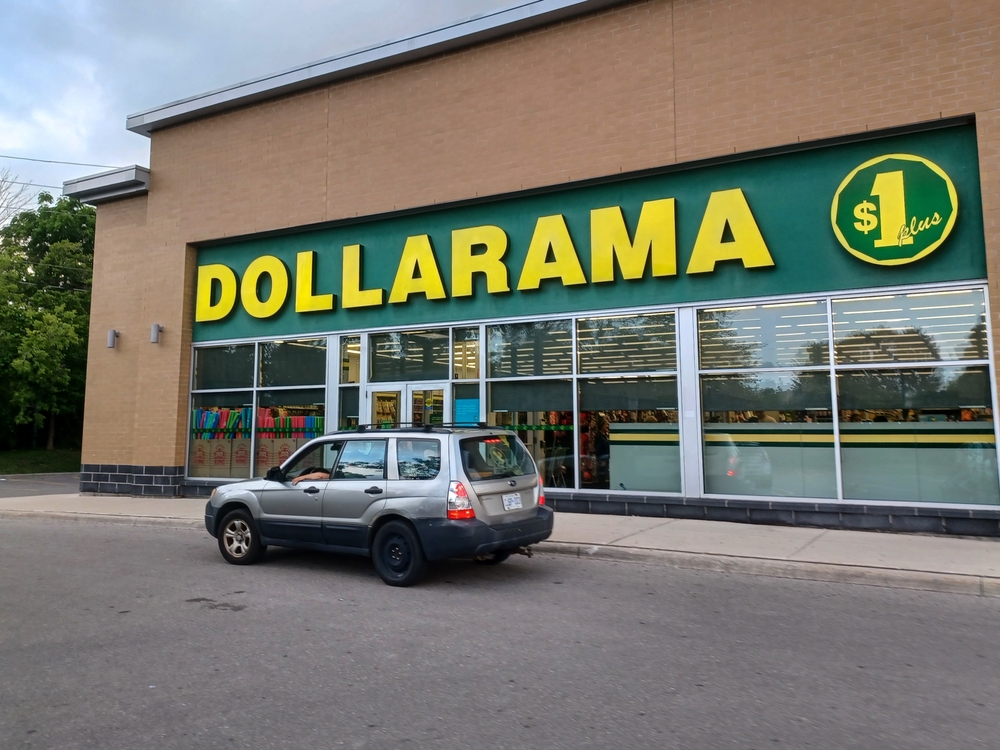
Dollarama’s name no longer matches its pricing reality. The days when every item cost one dollar are long gone. Many “bargains” now run between $3.50 and $5.00, particularly for cleaning supplies and snacks. While the chain claims prices reflect “premium product tiers,” long-time shoppers find it harder to justify calling it a dollar store. Despite backlash, profits soared, suggesting Canadians still flock there out of habit. The quiet rebranding from “everything’s a dollar” to “great value every day” says it all.
Costco
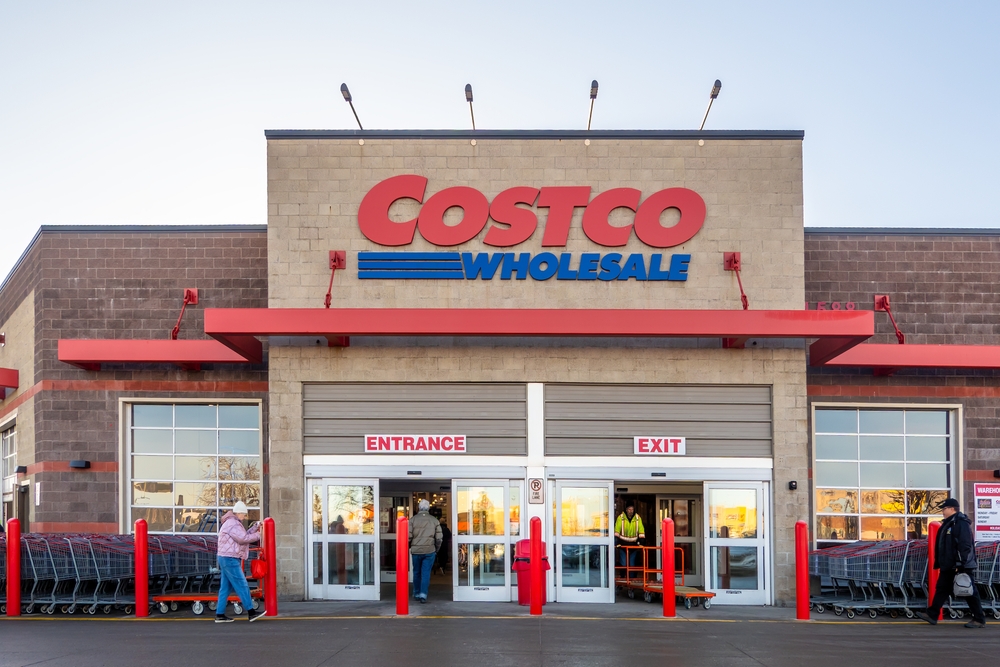
Costco’s bulk deals aren’t immune to inflation. Membership fees crept up while unit prices for essentials, like eggs, meat, and detergent, climbed steadily. In 2024 alone, members reported price jumps of 10–15% on core grocery bundles. The famous $1.50 hot dog combo remains untouched, but that’s about the only thing holding steady. Costco argues its global sourcing model keeps costs “as low as possible,” yet regulars can see the difference in their annual receipts. Even fuel at Costco pumps rose faster than the national average.
Canadian Tire
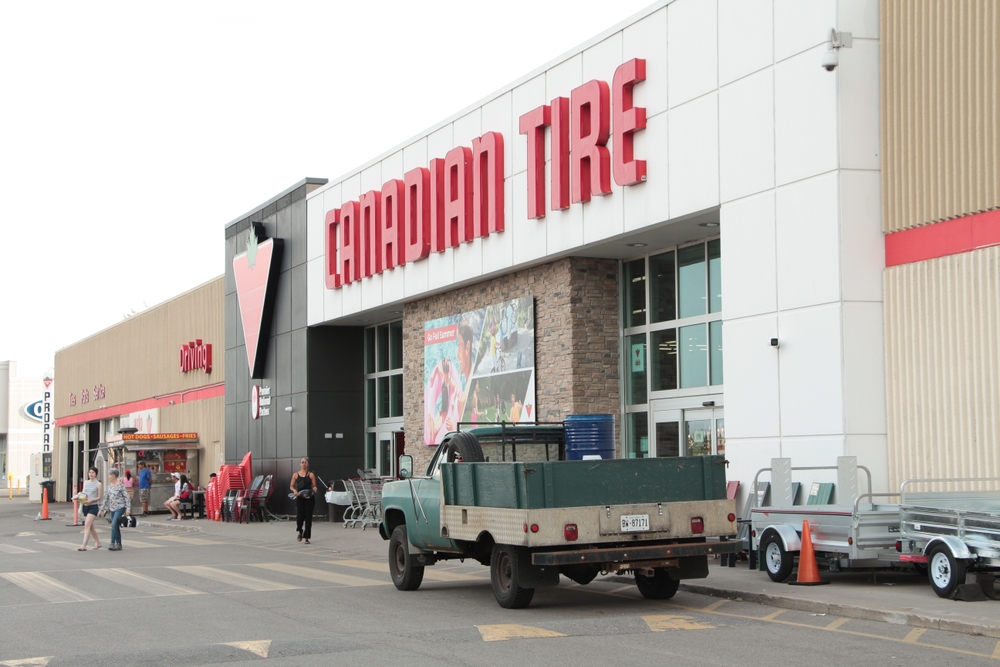
Canadian Tire’s reputation for reliability hasn’t shielded it from price hikes. Tools, automotive fluids, and camping gear saw significant increases, sometimes overnight, especially during peak seasons. Shoppers reported that promotional “sales” now often match what used to be regular pricing. Inflation, tariffs, and supply disruptions in China are partially to blame, but the pattern is clear: even the store’s famed seasonal deals don’t stretch as far. Reward points softened the sting for some customers, but frequent buyers still feel the squeeze.
Walmart
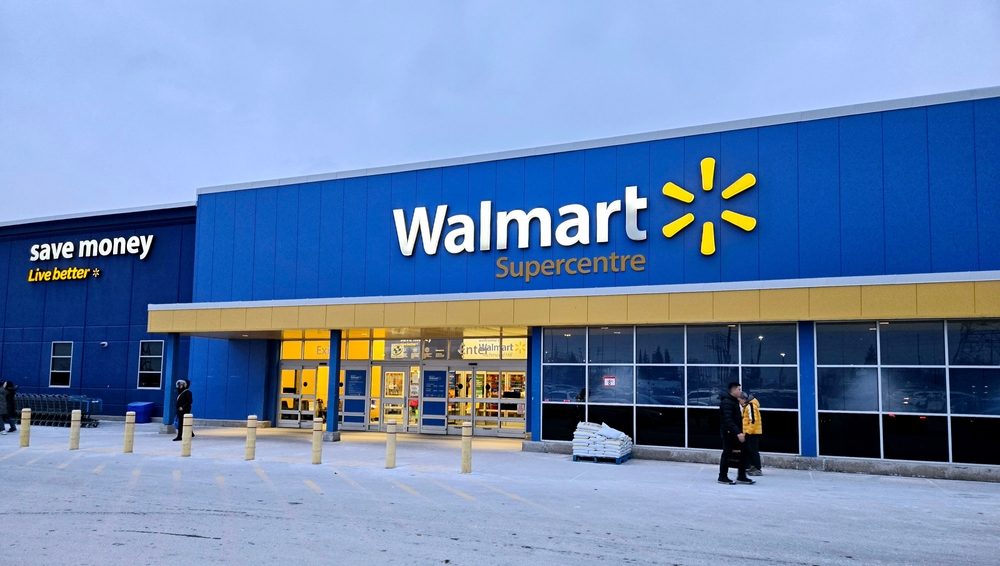
Walmart once promised to “Save Money. Live Better,” but even the retail giant has raised prices across multiple categories. Food staples like milk, rice, and cooking oil quietly jumped by 10–20% over the past year. Electronics, especially smaller accessories like phone chargers, have seen less visible but steady increases, too. Although Walmart insists it continues to offer “everyday low prices,” the bar for “low” has clearly shifted. Consumers notice smaller packaging and higher costs, a double hit that’s hard to ignore.
Hudson’s Bay
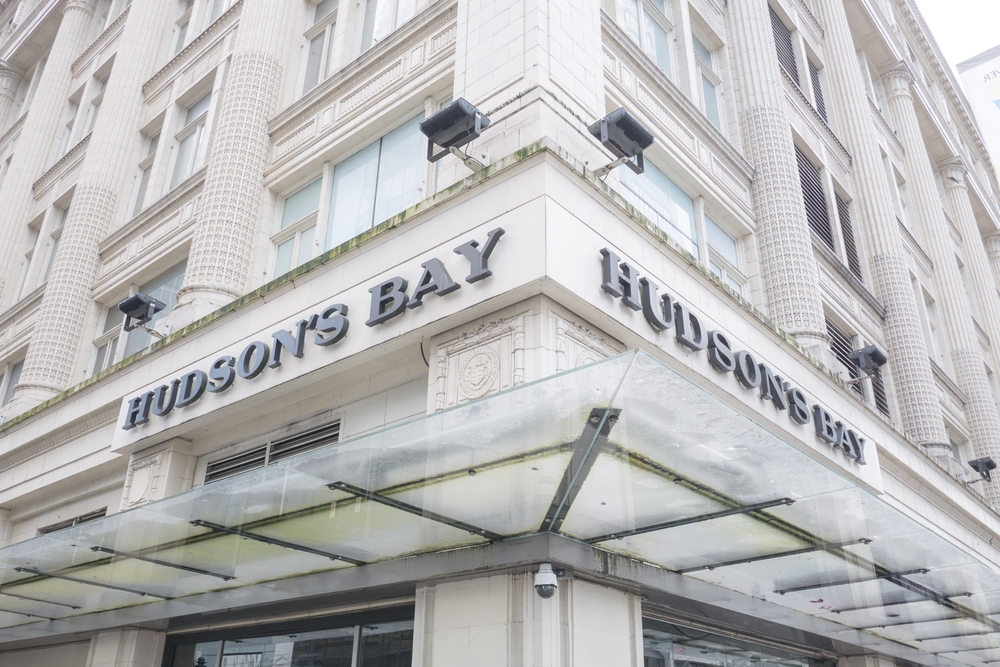
The Bay’s iconic heritage hasn’t spared it from modern inflation. Clothing and home goods that once felt mid-range are now edging toward luxury pricing. Shoppers have reported significant jumps in bedding, perfume, and kitchenware prices since 2023. A $120 comforter is now $160, while beauty products hover near luxury-brand costs. Frequent “40% off” sales mask how much base prices have risen. It’s a slow creep that leaves buyers wondering whether they’re really saving anything during promotions anymore.
Sobeys
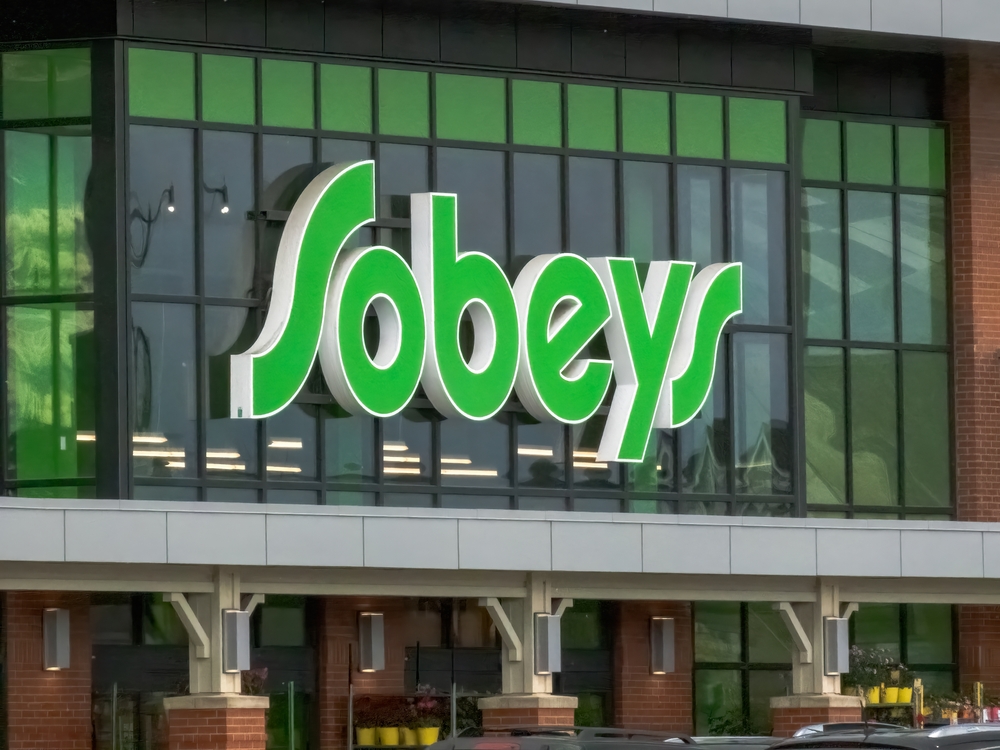
Sobeys’ grocery aisles mirror the same inflationary trend seen at its competitors. Produce and dairy, in particular, have become noticeably pricier, with shoppers reporting week-to-week fluctuations that feel unpredictable. A bag of apples that cost $5 last year can now reach $7, and frozen foods have followed suit. Sobeys attributes this to supplier costs, fuel surcharges, and climate-affected harvests. Still, loyal customers say the increases seem out of sync with inflation rates, suggesting corporate profits are playing a role too.
Home Depot
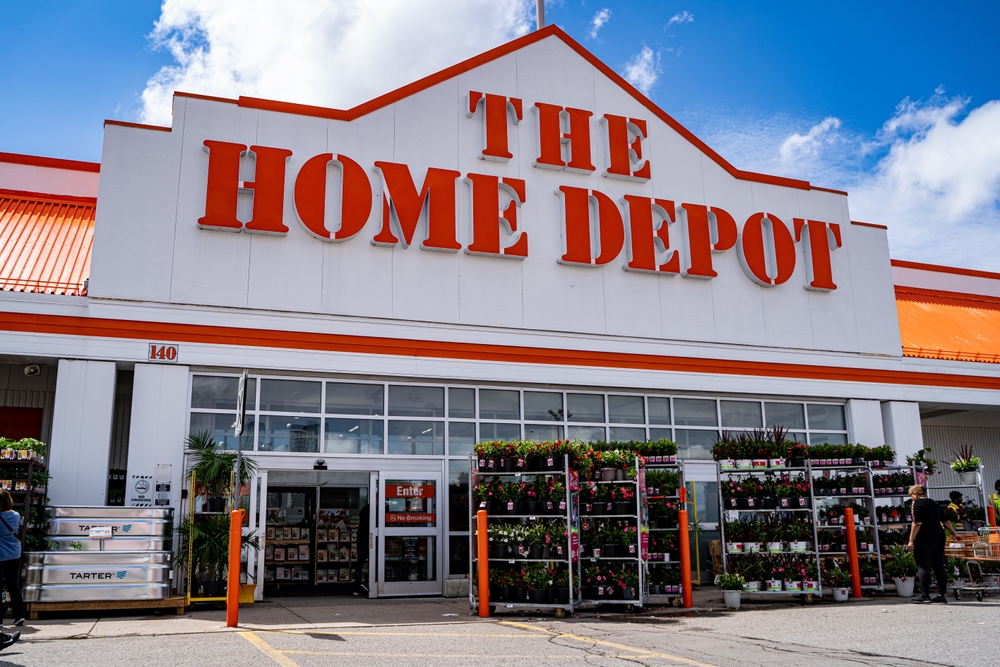
Home improvement has become a pricier pastime. Home Depot customers noticed the cost of paint, lumber, and tools rise steeply between 2023 and 2025. Lumber prices, once the face of pandemic shortages, never truly returned to normal. A single gallon of paint jumped from $45 to $58, while basic hardware kits went up 15%. The company blames global material shortages and freight costs, but frequent shoppers know the difference between temporary spikes and new baselines. Even clearance aisles aren’t what they used to be.
Metro
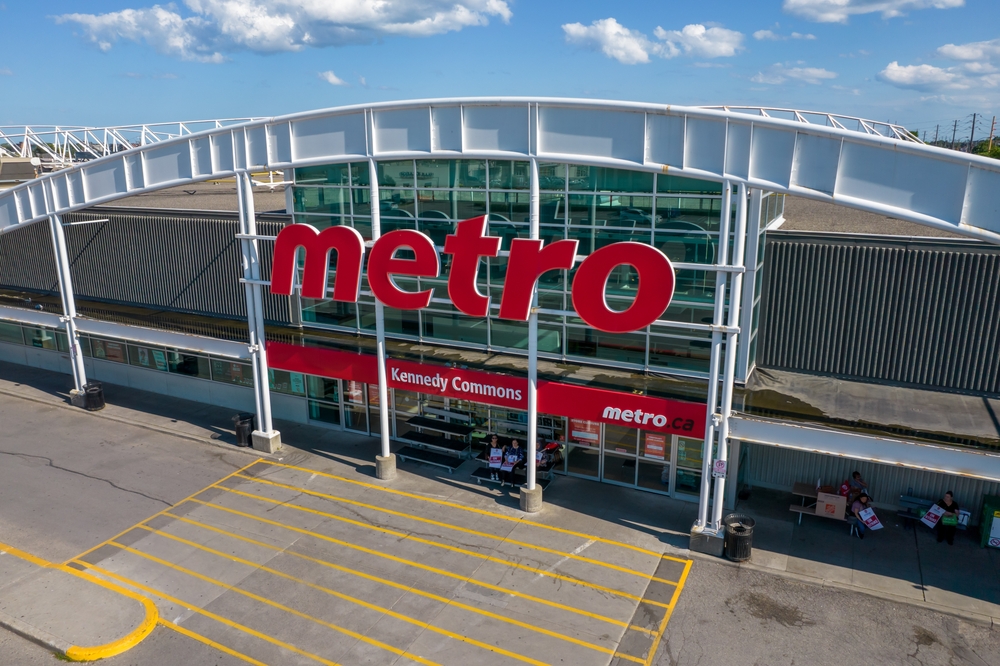
Metro’s grocery aisles have turned into a microcosm of inflation. Dairy and packaged meats, in particular, have surged in cost. The brand markets itself on freshness and quality, but those traits now carry a premium price tag. Longtime customers noticed the quiet disappearance of cheaper house brands and smaller packaging that conceals effective price increases. A loaf of artisan bread that once cost $4.99 now sells for $6.29. Even weekly flyers, once packed with deep discounts, now offer less compelling deals overall.
Best Buy
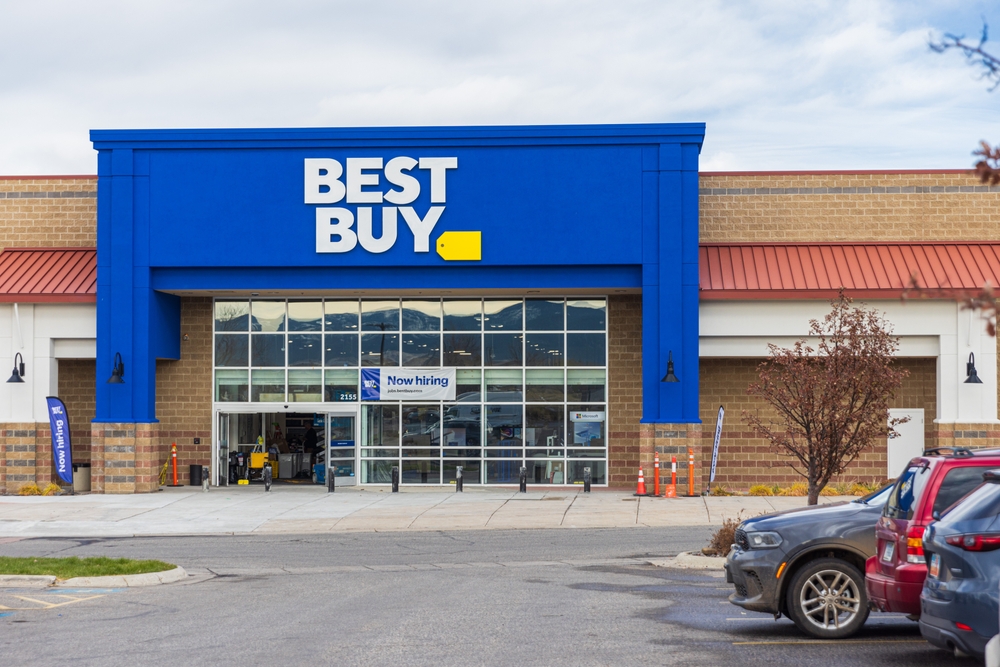
Best Buy has joined the quiet price-hike club, particularly in electronics accessories and small gadgets. Laptop chargers, gaming controllers, and cables saw double-digit increases without much notice. Large-ticket items like televisions remain competitively priced due to market pressure, but everyday tech has inched upward. Warranty extensions and service fees also became more expensive. Customers point out that “sale” prices now match what used to be standard. While global chip shortages played a role, the hikes lingered long after supply chains stabilized.
LCBO
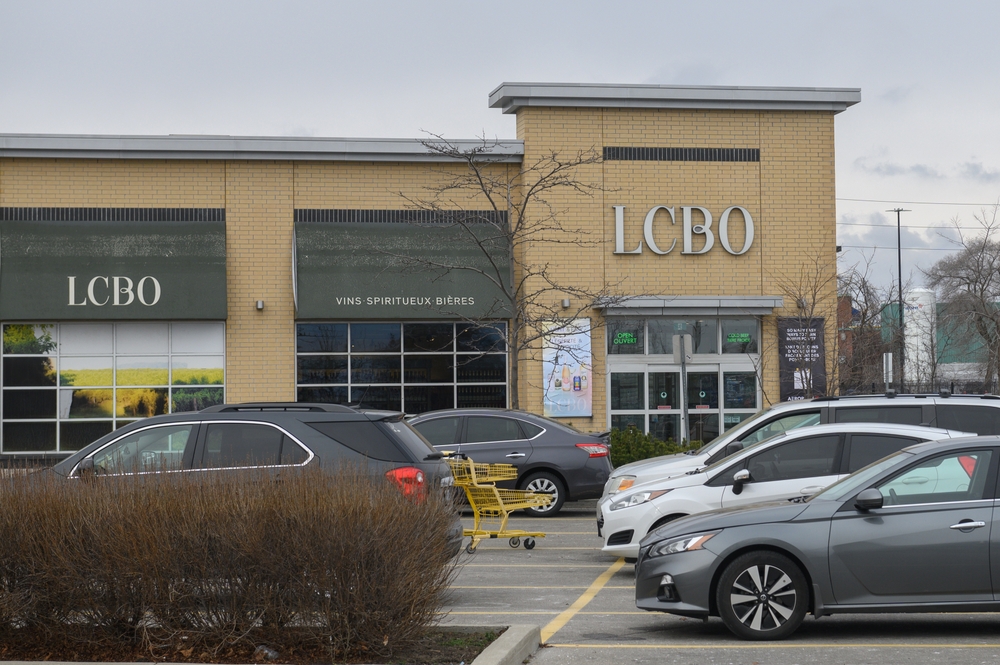
Ontario’s government-run liquor stores aren’t exempt from stealth inflation. Wine and spirits have crept up in price multiple times since 2023, often framed as “index adjustments.” Mid-range wines that cost $15 now hover near $18, and even domestic beer packs jumped by over a dollar. Critics argue that LCBO’s monopoly allows it to raise prices without competition, while officials claim it reflects global market changes. Either way, shoppers are shelling out more for their Friday night bottle of Pinot than ever before.
The Source
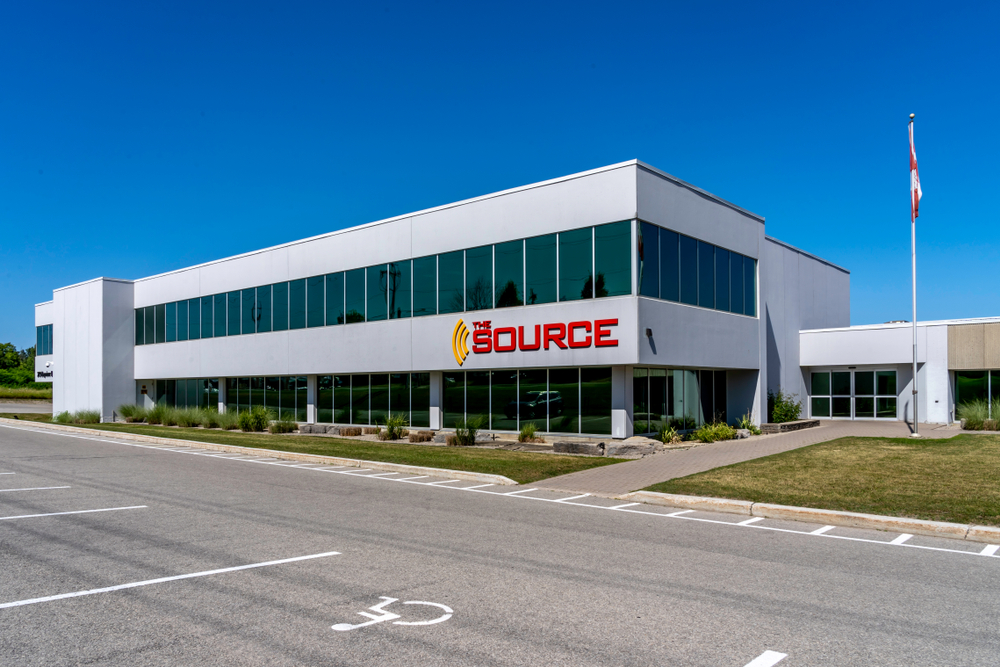
The Source, once known for affordable electronics, has quietly inflated prices across headphones, chargers, and small gadgets. A pair of mid-range earbuds that cost $49 last year now retails at $69. The store frequently advertises “bundle discounts,” but closer inspection shows the bundles cost the same as buying individual items pre-inflation. Shoppers note fewer seasonal sales and more “limited-time offers” that don’t actually save money. The quiet shift from affordability to premium positioning has alienated some loyal tech customers.
Canadian Superstore
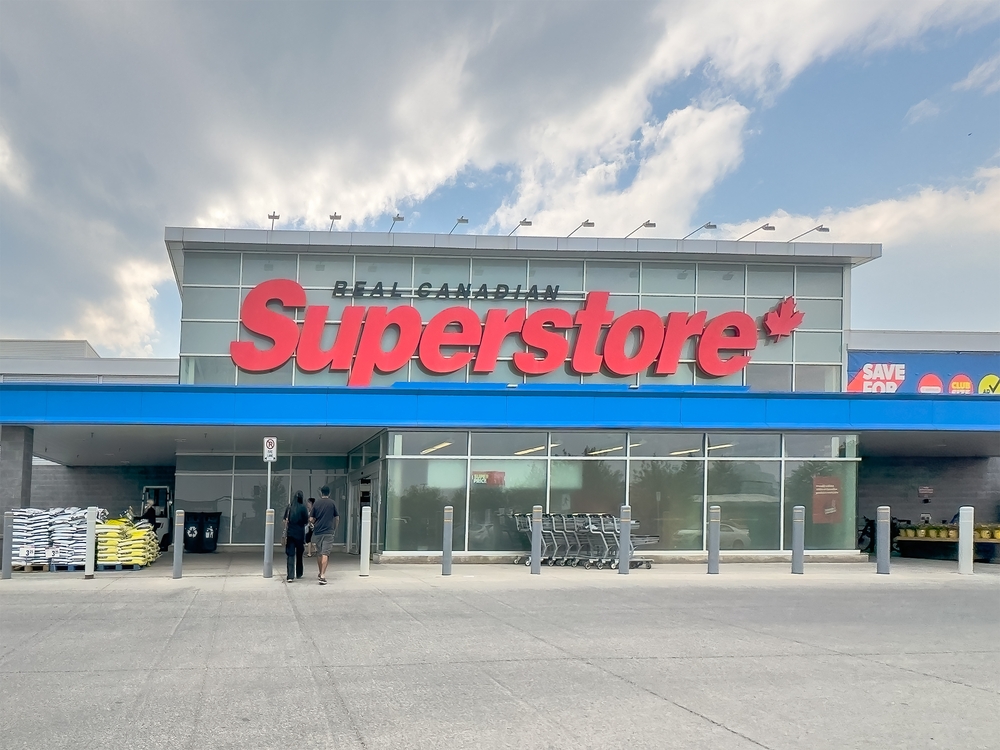
The Real Canadian Superstore, ironically, has become less “super” for bargain hunters. Between 2023 and 2025, prices on essentials like rice, coffee, and frozen meals rose significantly. Even store brands like President’s Choice and No Name crept up by 10–20%. While executives attribute the company’s growth to fuel costs and global inflation, its profits have actually grown steadily. Some customers reported noticing prices change overnight, literally between mid-week shopping trips. The store’s “price freeze” campaigns now feel hollow as product sizes quietly shrink.
Sephora
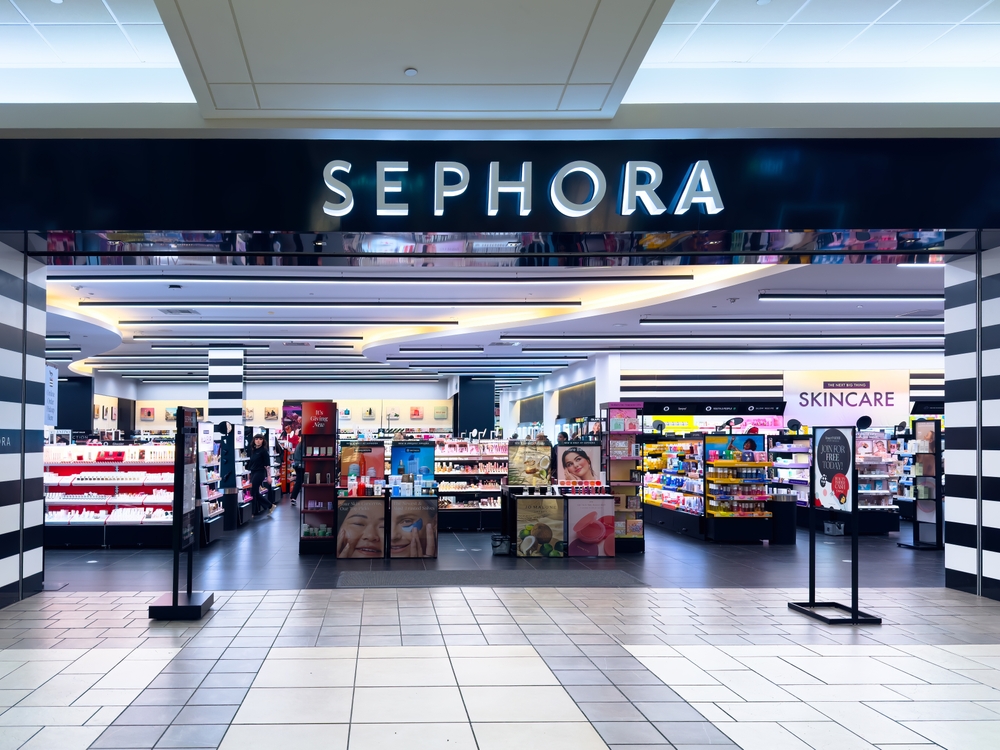
Beauty addicts have definitely noticed the inflation glow-up. Sephora’s luxury skincare and makeup items have risen sharply in price, especially from 2023 onward. Lipsticks that once cost $28 are now $33 or more, and serums jumped by as much as 15%. The brand attributes this to supplier increases, but customers feel the brunt. Even points rewards have lessened in real value. The high-end brands it carries, like Dior, Rare Beauty, and Fenty, have all followed similar upward trends, making beauty budgets harder to maintain.
Canadian Tire Gas+
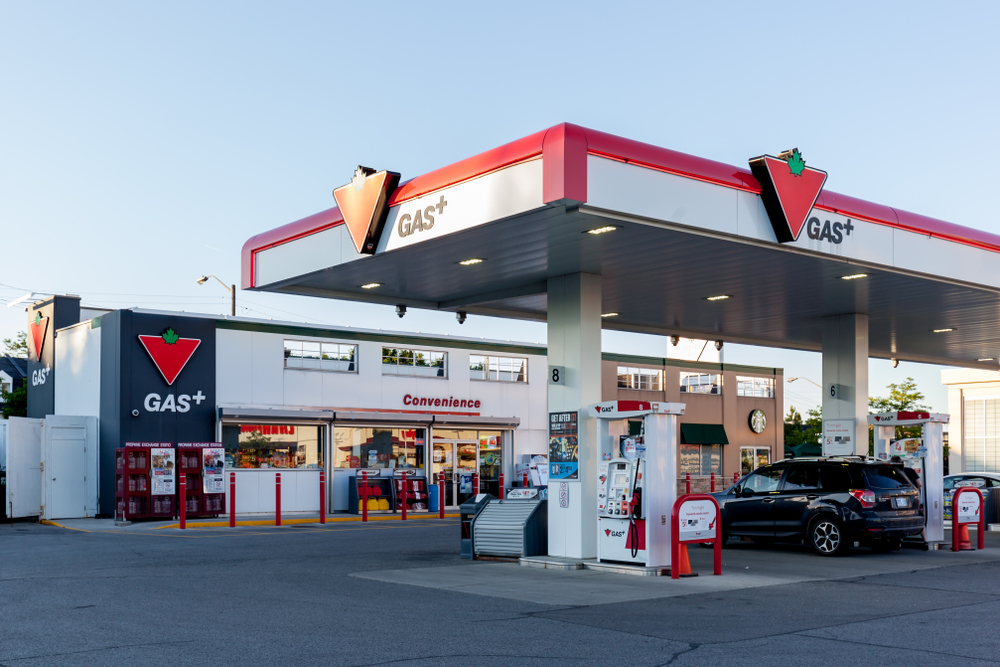
Filling up your tank at Canadian Tire Gas+ used to mean collecting points and saving a few cents per liter. Now, prices fluctuate aggressively, often leading local averages. While global oil volatility explains part of the increase, customers have noticed Gas+ stations consistently rank among the higher-end neighborhood options. The brand emphasizes its rewards program as compensation, but with pump prices frequently surpassing $1.90 per liter in some provinces, even points can’t offset the pinch of weekly refuels.
Indigo
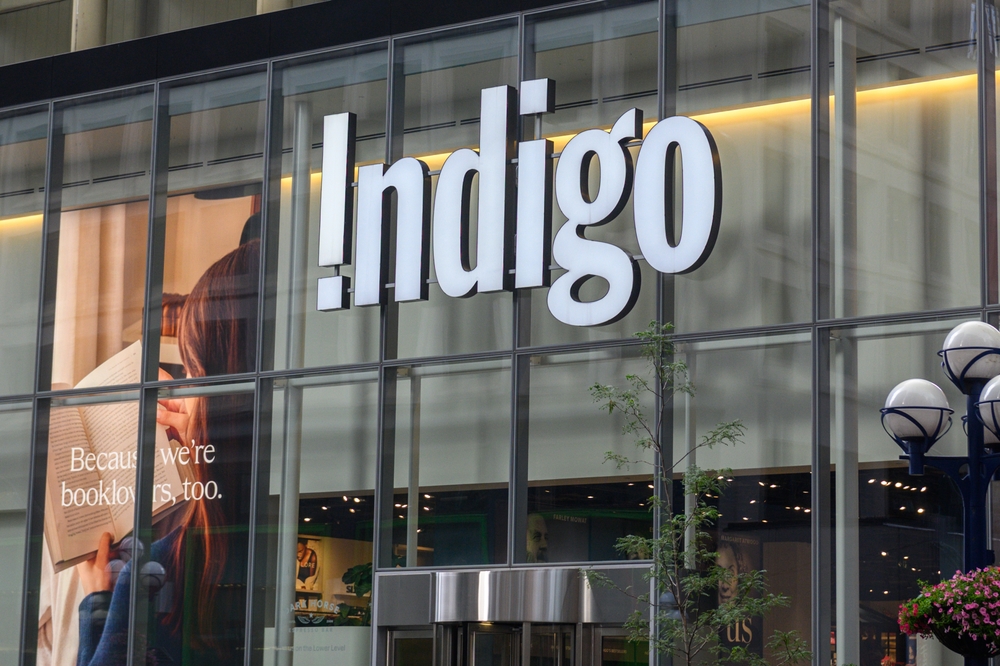
Indigo’s transformation from cozy bookstore to lifestyle retailer came with rising prices. Mugs, stationery, and home décor now command boutique-level rates. A simple candle that once sold for $18 now approaches $28, and hardcover books see smaller discounts than before. The brand’s push toward wellness and home goods blurred its identity, leaving book lovers frustrated. Its annual sales help, but not enough to hide the steady inflation. For many Canadians, the cost of a good read, or the perfect notebook, has never felt higher.
Tim Hortons
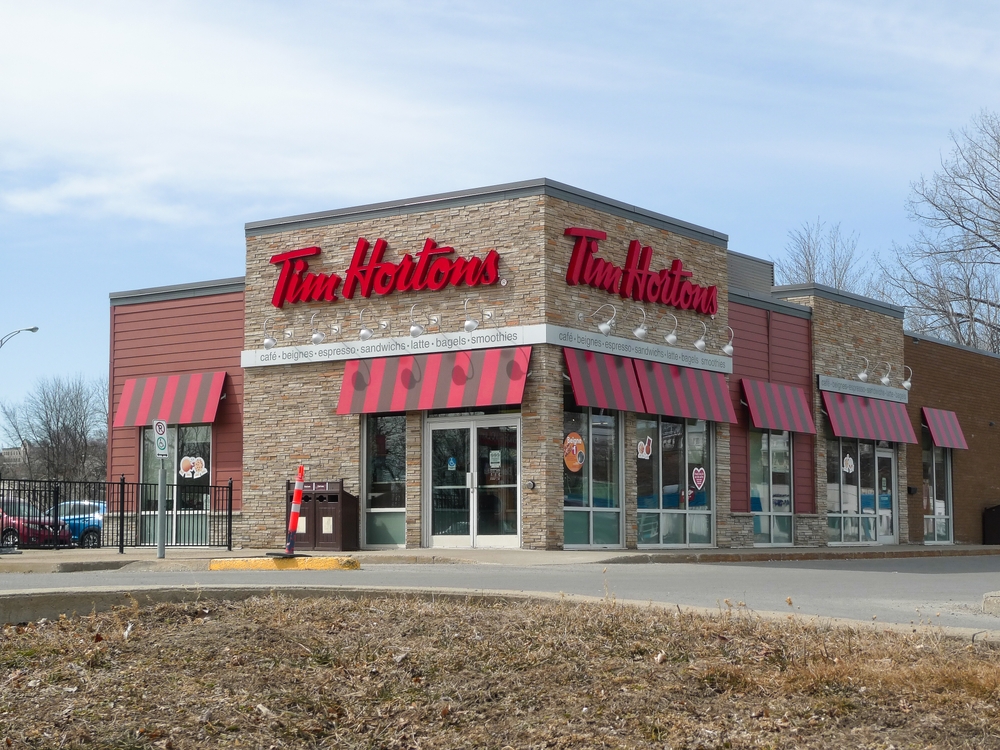
Tim Hortons’ price bumps may seem small individually, but they’ve added up. The beloved coffee, which cost $1.80 a few years ago, is now pushing $2.30, while breakfast sandwiches have risen by nearly 20%. The chain cites ingredient and labor costs, but regulars suspect strategic price optimization. Portion sizes haven’t increased, and promotions feel less generous. Combined with app-exclusive deals that nudge higher spending, the brand’s “everyday affordability” message is wearing thin. Canadians are still lining up, but they’re grumbling more as they do so.
21 Products Canadians Should Stockpile Before Tariffs Hit

If trade tensions escalate between Canada and the U.S., everyday essentials can suddenly disappear or skyrocket in price. Products like pantry basics and tech must-haves that depend on are deeply tied to cross-border supply chains and are likely to face various kinds of disruptions
21 Products Canadians Should Stockpile Before Tariffs Hit
